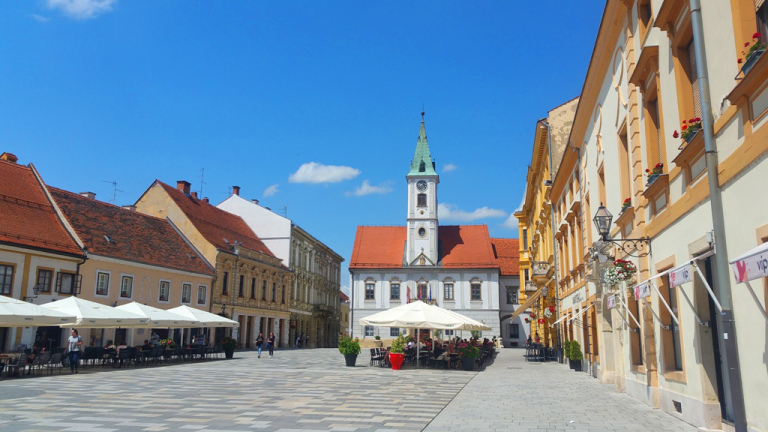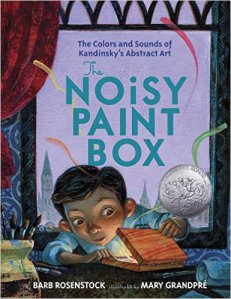 The Blood of Flowers by Anita Amirrezvani
The Blood of Flowers by Anita Amirrezvani
Published June 5, 2007

The call for diverse fiction is slowly being answered, but when it comes to novels set outside of Western Europe, the historical fiction genre still has a ways to go. I’m as interested in Tudor England and the Regency as the next person, but often I find myself longing for something different. Iranian-American author Anita Amirrezvani’s The Blood of Flowers is that much-needed breath of fresh air. Its lush prose and richly detailed descriptions are transporting, carrying readers along on a journey to seventeenth-century Persia (modern-day Iran), as the author skillfully depicts the artistry and hard work involved in carpet weaving.
The story is told by a purposely unnamed narrator who, according to the author’s notes, is a tribute to the anonymous artisans of Iran. Eager to learn, hard-working, and creative, she is also rash and naïve, making decisions in the heat of the moment that impact both her and her family negatively, a characteristic attributed in the narrative to the bad fortune brought by a comet that passes over her village.
We first meet the anonymous protagonist as a teenage girl hoping to make a suitable marriage within her village. When the sudden death of her father casts both the girl and her mother into poverty, they travel to the city of Isfatar to throw themselves on the charity of the narrator’s half-uncle, a well-off designer of carpets for the Shah.
Amirrezvani lovingly depicts the ingenuity that goes into each carpet’s design, from the patterns chosen and drawn, to the thoughtful choice of colours, to the work involved in knotting them. It’s clear that this is an art form that means a great deal to her and when I finished the book, I had a strong desire to learn more about, and to view, some of the beautiful carpets she describes.
The prose is lush and enveloping; It wraps the reader up in words and paints a vivid picture of life in 1600s Persia. Superbly researched, The Blood of Flowers is a feast for the senses that integrates rich detail on dishes sampled, scents smelled, and textures felt for a world that feels real.
The author also infuses The Blood of Flowers with retellings of Persian myths and legends, which are relayed either by the narrator or by her storytelling mother. Beginning with a variation on ‘Once Upon a Time’, the novel has a fairy tale aspect, but it soon becomes clear that The Blood of Flowers is a grittier and more realistic twist on the common fairy tale. Our narrator is not rescued by a dashing prince or a fairy godmother, instead she must carve out a place for herself in a male-dominated world where few options are open to her, a woman who has neither dowry or social standing.
Amirrezvani’s greatest strength is undoubtedly her prose, but I also enjoyed the well-researched depiction of 17th century Persia and the many flawed but interesting characters that populate this novel. The half-uncle, who teaches our narrator about the art of carpet-making and lends her money for the materials to create her own carpet as a dowry, but after she makes a mistake he hits her. Hard. So that she cannot work for days until the swelling subsides. The narrator’s closest friend, who seems at times a true friend, and at others a selfish creature interested only in furthering her own interests. And, of course, the narrator herself. Although hardworking and intelligent, at times she acts like the teenage girl she is, young and impulsive without thought for the consequences of her actions.
Admittedly I found some of the violence against and treatment of women in this book uncomfortable, but I believe it reflects the societal norms and class structures in place at the time. Those put off by this description will likely be mollified by the fact that the book is ultimately about a woman who breaks free and finds a way to live life by her own wits and craftsmanship.
Although I found the pace a little rushed towards the end, I really enjoyed The Blood of Flowers. I look forward to diving back into the author’s rich prose and world-building with Equal of the Sun, a standalone novel set in sixteenth-century Persia, sometime in 2018.
Advertisements Share this:





